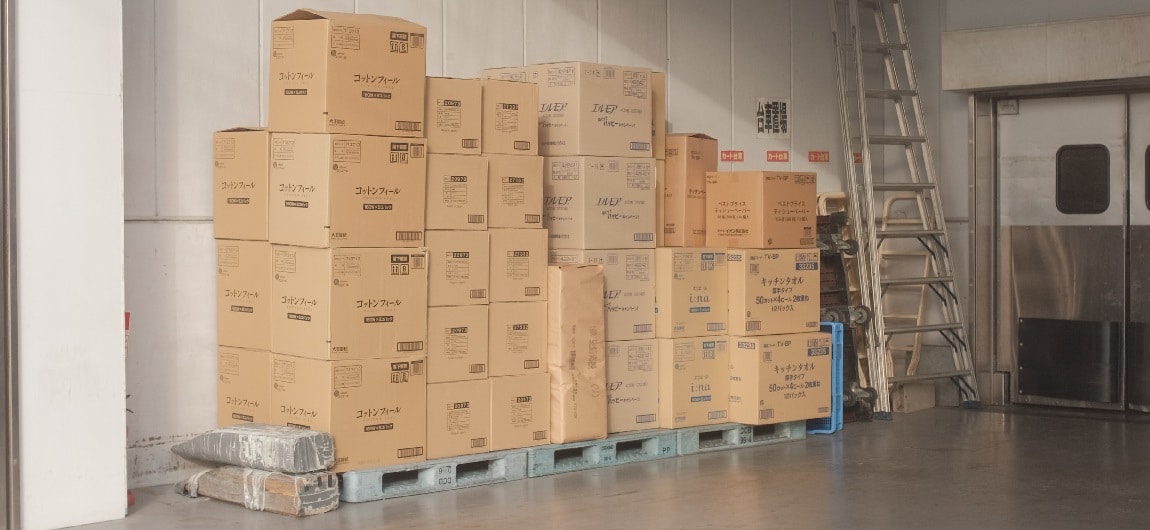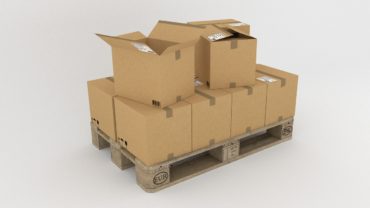If you’re using LCL shipping to import your goods from overseas, then you’ll need to know what to expect and what your obligations and responsibilities are throughout the shipping process. Here’s how to prepare for an LCL shipment.
Packaging Your Goods For An LCL Shipment
You may think that packaging your goods for an LCL shipment is your supplier’s concern, but before your goods are loaded into a container for shipping, you want to be confident that they’re properly packaged so that they reach you in optimum condition.
Additionally, if you’re shipping high-value goods and have taken out insurance to cover the shipment, you’ll have a responsibility under your insurance policy to ensure that your goods have been packaged correctly. If you don’t, then you may not be covered if your goods are damaged in transit.
Here are some of the packaging options available for your LCL shipment.
Cartons/Boxes
Packing your goods into cartons or boxes is the most basic form of packaging. It ensures your goods all stay together and can be clearly labelled. However, the way they’re packaged into the cartons can make the difference between your goods arriving in prime condition or being damaged during their journey.
Your goods need to be tightly packed and if there’s any space in the box, this needs to be padded out with suitable packaging materials, to prevent your goods from moving around and to ensure your boxes are solid and stable.
When your cartons are packed into the shipping container with other people’s goods, you have no way of knowing whether your boxes will be at the top, bottom or somewhere in between! Cartons that aren’t correctly packed can easily become dented or even crushed by the weight of other boxes stacked on top of them. Filling every bit of space inside your packing cartons not only means you can fit more goods in but also helps you protect those goods from damage.
Pallets
Pallets can be used in addition to cartons or boxes to ensure your goods reach you safely. Suppliers may not always offer pallets because they take up more space inside the container and need to be fumigated before arrival in the UK to prevent pests. However, if you’re shipping fragile goods, having your cartons shrink-wrapped onto a pallet ensures they don’t move around during transit for extra security and peace of mind.
If you’re unsure about whether or not to have your goods palletised, our handy article on the pros and cons of pallets might help you decide.
Crates
The most secure way to have your goods shipped is in a custom-built wooden crate. However, the extra costs associated with this can make it unfeasible for some and suppliers may be reluctant to offer it as an option. Like pallets, wooden crates must also be treated before arrival in the UK.
Loading Your Goods
Loading a shipping container correctly is key to making your shipments cost-effective but how do you know you’re making the most of the space when you’re not there to view your goods or pack the container yourself? You can either ask that your supplier pack the shipping container themselves or get advice from Shippo on the best way to pack your goods.
Releasing Your Goods
When your goods arrive in the UK, the shipping container is unloaded and taken to a warehouse local to the arrival port. It’s here that your goods will be unpacked and cleared through UK customs.
Make sure that you have the documentation needed well in advance as this can help your goods clear customs quicker.
The exact documents you require will depend on what you’re shipping and from where, but as a minimum, you’ll need:
- An EORI number
- A bill of lading
- An invoice from your supplier (to show you have paid for the goods and how much)
- Your packing list (detailing what’s in your shipment and how it has been packaged)
Receiving Your Goods
You can prepare for the delivery of your LCL shipment by understanding your delivery options once your goods arrive in the UK.
One of the benefits of LCL shipping is that rather than your goods arriving in a shipping container on the back of a flatbed truck, your goods will arrive as they’ve been packed by your supplier, so either in cartons/boxes or on pallets or in custom-built wooden crates.
When shipping goods with Shippo, we offer a wide choice of kerbside delivery options, including smaller trucks to navigate difficult access, and tail-lifts to help get your goods from the truck to the ground.
Thinking about how you’ll unload your goods and get them from the kerb to your business premises is essential when preparing for your LCL shipment. If your business premises is not large enough to store your goods, you may want to look into warehouses that offer palletised storage.
Preparing For An LCL Shipment With Shippo
We hope this has helped you understand how to prepare for an LCL shipment.
At Shippo, we specialise in LCL shipping and are experts at helping businesses import goods safely and efficiently from all over the world.
You can find out more about the process of shipping with us here. If you have any questions, please don’t hesitate to get in touch or you can request a quote online.

